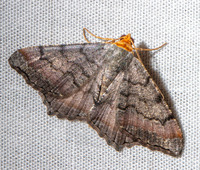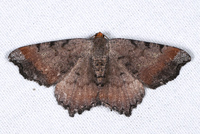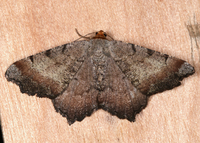
| Recorded by: Mark Basinger on 2025-10-22
Wilson Co.
Comment: | 
| Recorded by: Mark Basinger on 2025-10-18
Wilson Co.
Comment: |
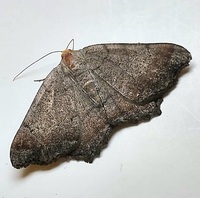
| Recorded by: Mark Basinger on 2025-09-27
Brunswick Co.
Comment: | 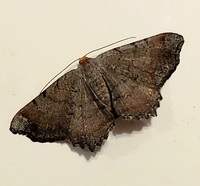
| Recorded by: Mark Basinger on 2025-09-21
Brunswick Co.
Comment: |

| Recorded by: Allison Garton on 2025-09-10
Moore Co.
Comment: | 
| Recorded by: Mark Basinger on 2025-09-09
Wilson Co.
Comment: |

| Recorded by: Allison Garton on 2025-09-04
Moore Co.
Comment: | 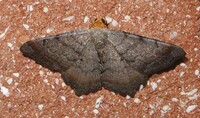
| Recorded by: Simpson Eason on 2025-08-26
Durham Co.
Comment: |
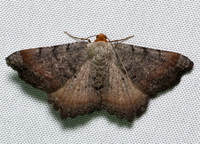
| Recorded by: David George, Kevin Bischof, Rich Teper, Patrick Coin on 2025-08-15
Transylvania Co.
Comment: | 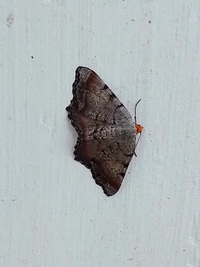
| Recorded by: Robyn Nix Culpepper on 2025-08-06
Perquimans Co.
Comment: |

| Recorded by: Mark Basinger on 2025-07-20
Brunswick Co.
Comment: | 
| Recorded by: Simpson Eason on 2025-07-11
Durham Co.
Comment: |
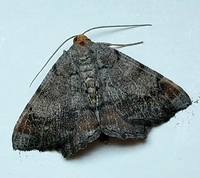
| Recorded by: Mark Basinger on 2025-07-08
Brunswick Co.
Comment: | 
| Recorded by: Dean Furbish on 2025-07-03
Wake Co.
Comment: |
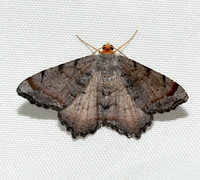
| Recorded by: David George, David Cheng, Patrick Coin on 2025-06-29
Richmond Co.
Comment: | 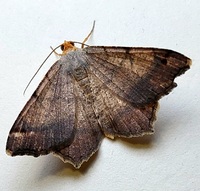
| Recorded by: Mark Basinger on 2025-06-27
Rowan Co.
Comment: |

| Recorded by: Mark Basinger on 2025-06-25
Buncombe Co.
Comment: | 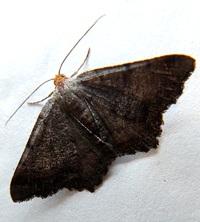
| Recorded by: Mark Basinger on 2025-06-19
Brunswick Co.
Comment: |

| Recorded by: Jim Petranka on 2025-05-24
Richmond Co.
Comment: | 
| Recorded by: Mark Basinger on 2025-05-24
Wilson Co.
Comment: |

| Recorded by: Web Tucker on 2025-05-19
Moore Co.
Comment: | 
| Recorded by: Web Tucker on 2025-05-19
Moore Co.
Comment: |

| Recorded by: David George on 2025-05-17
Durham Co.
Comment: | 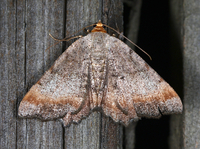
| Recorded by: Jim Petranka, John Petranka and Becky Elkin on 2025-05-08
Harnett Co.
Comment: |

| Recorded by: Mark Basinger on 2025-05-07
Wilson Co.
Comment: | 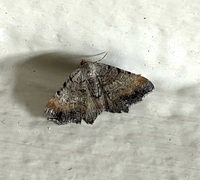
| Recorded by: Abel Davalos on 2025-05-06
Wilson Co.
Comment: |

| Recorded by: Simpson Eason on 2025-05-02
Durham Co.
Comment: | 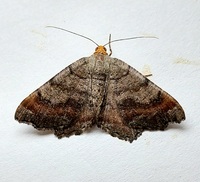
| Recorded by: Mark Basinger on 2025-04-25
Columbus Co.
Comment: |
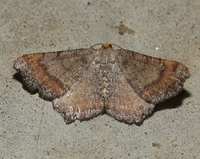
| Recorded by: David George, Bonnie Eamick on 2025-04-25
Wake Co.
Comment: | 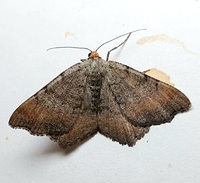
| Recorded by: Mark Basinger on 2025-04-24
Brunswick Co.
Comment: |
|

 »
»